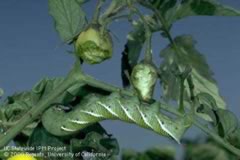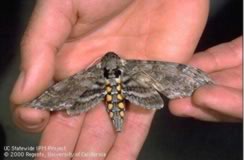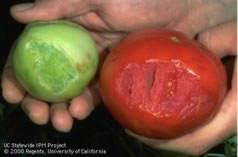|
Arthropod Pests
The examples of arthropod pests shown here are aphids, spider mites, whiteflies, mealybugs, corn earworm, and tomato hornworm.
Aphids
Aphids are small, soft-bodied insects with long, slender mouth parts that they use to pierce stems, leaves, and other tender plant parts and suck out plant fluids. Almost every plant has one or more aphid species that occasionally feeds on it. Large populations cause curling, yellowing, and distortion of leaves and stunting shoots; they can also produce large quantities of a sticky exudate known as honeydew, which often turns black with the growth of a sooty mold fungus. Aphids come in a variety of colors.
Spider Mites
Spider mites are the most common mite pest in the garden. To the naked eye, spider mites look like tiny moving dots; however, you can see them easily with a 10X hand lens. Adult females, the largest forms, are less than 1/20 inch long. Spider mites live in colonies, mostly on the under-surfaces of leaves; a single colony may contain hundreds of individuals. The names "spider mite" and "webspinning mite" come from the silk webbing species produce on infested leaves. The presence of webbing is an easy way to distinguish them from all other types of mites.
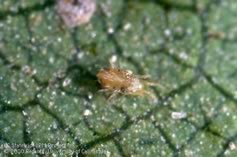 |
  |
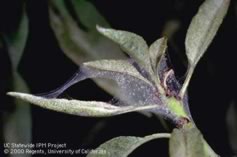 |
| Adult Pacific Spider Mite |
  |
Leaf mottling and webbing from heavy infestation of spider mites |
Whiteflies
Whiteflies are tiny, sap-sucking insects that are frequently abundant in vegetable and ornamental plantings. They excrete sticky honeydew and cause yellowing or death of leaves. Outbreaks often occur when the natural biological control is disrupted.
Whiteflies usually occur in groups on the undersides of leaves. They derive their name from the mealy, white wax covering the adult’s wings and body. Adults are tiny insects with yellowish bodies and whitish wings.
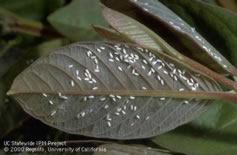 |
  |
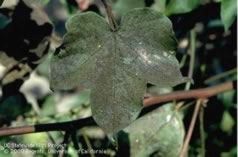 |
| Adult greenhouse whiteflies and tiny eggs |
  |
Sooty mold grows over honeydew left by a whitefly infestation on cotton |
Mealybugs
Mealybugs are soft, oval, flat, distinctly segmented, and covered with a white, mealy wax that extends into spines (filaments) along the body margin and the posterior end. The species differ mainly in the thickness and length of the waxy filaments. Citrus mealybug, the most common species, has a pinkish body that is visible through the powdery wax. The filaments around its margins are not appreciably longer at the posterior end.
Mealybugs extract plant sap, reducing tree vigor, and excrete honeydew. If a cluster of mealybugs feeds along a fruit stem, fruit drop can occur. Damage is most severe in spring and fall.
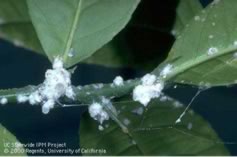 |
 |
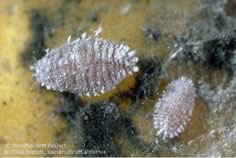 |
| Mealybug colonies |
 |
Citrus mealybugs |
|
 |
|
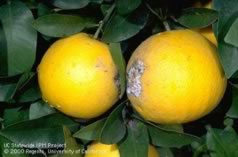 |
|
|
| Crop damaged by citrus mealybug |
|
|
Corn Earworm
The corn earworm may be present throughout the season but is most abundant during August and September. Larvae feed on leaves, tassels, the whorl, and within ears, but the ears are the preferred sites for corn earworm attack.
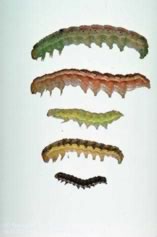 |
  |
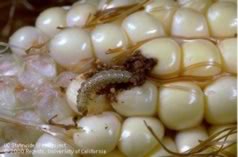 |
| Color variations of tomato fruit worm (also called corn earworm and cotton bollworm). |
  |
Corn earworm larva feeding on corn |
Tomato Hornworm
Hornworms feed on blossoms, leaves, and fruit. At high populations they can extensively defoliate plants and scar the fruit.
|













